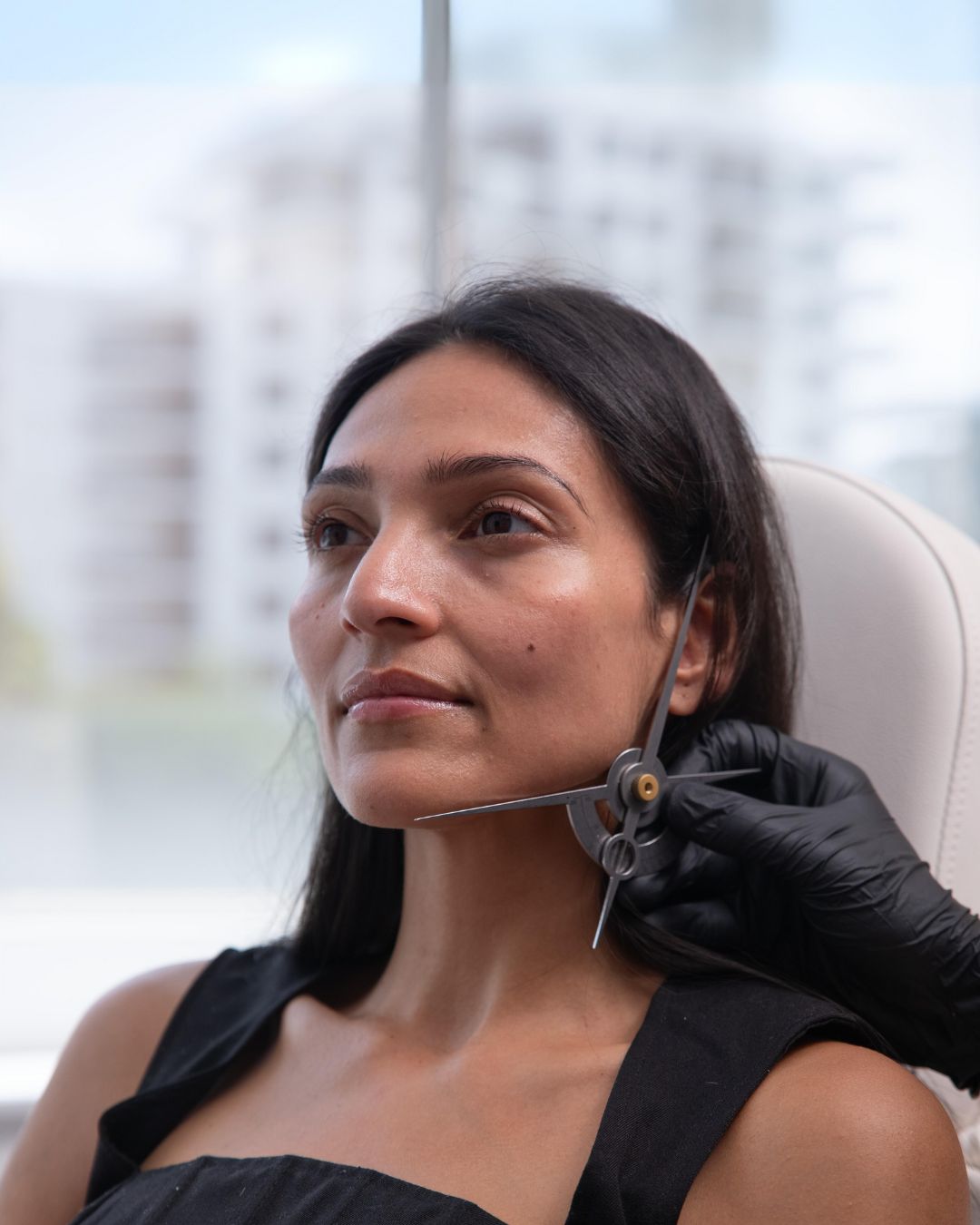Did you know there are different brands of dermal filler available?
Interesting, right?
Dermal fillers are a tool used to change your appearance without surgery. They are a ‘biocompatible gel implant’ placed beneath the skin with fine needles.
Historically, surgeons used ‘rigid implants’ like cartilage and bone to change someone’s appearance. While such implants give a fixed, enduring shape, the downside is that you need to make an cut in the skin to insert them.
Dermal fillers bridged the gap between convenience and effect. They are highly effective and don’t require invasive, risky surgery. Being gels, they can be easily placed using an injection. However the downside is that they cannot hold shape as effectively as bone or cartilage.
If you’re considering dermal fillers, you’ll come across different types and brands available. You do not want to get the wrong type, as this can increase the chance of side effects and bad results.
Ensuring your get the right dermal filler starts with knowledge. If you know the types and brands, you can make an informed decision about your treatment.
What are the types of dermal fillers?
Most dermal fillers are made of a carbohydrate. This compound is based on a substance found naturally in our skin known as hyaluronic acid. When produced as a gel, the compound is stable, and biocompatible (meaning our body doesn’t react to it). Such dermal fillers are temporary, typically wearing off over 12-24 months, and reversible.
Other types of dermal fillers include those that stimulate collagen, and permanent fillers (which are rarely used). Neither of these types are reversible
Most dermal fillers used today are the reversible type. There are many sub-categories of reversible dermal fillers. We typically categorise dermal fillers based on:
- Viscosity (how thick they are)
- Concentration (how much hyaluronic acid is in them)
- Cohesiveness (how sticky they are)
- Cross-linking (how entangled the gel particles are)
Some properties overlap. For example more cross-linked dermal fillers are generally more viscous, and last longer. Less cross-linked fillers spread more easily, and are typically used to hydrate skin.
Which type of dermal filler is best?
There is no best type of dermal filler. The ideal type depends on two main factors:
- The quality of the skin and tissue at the planned treatment site
- The goal of the treatment
It is vital that you have the right filler based on the above. Using the wrong filler increases the risk of side effects and unsatisfactory results. This is where the clinician has a big role to play.
Experienced cosmetic doctors have an intimate knowledge of the dermal fillers they use. With this knowledge and first-hand experience, they will know which type of filler to use based on the treatment goal.
Inexperienced or careless injectors are more likely to choose the wrong filler, or focus on one property like ‘thickness’.
What brands of dermal filler are there?
There are hundreds of dermal filler brands made in many countries around the world. The bigger manufacturers like Teoxane, Galderma and Allergan distribute dermal fillers in most countries. They produce fillers like Juvederm, Restylane, Belotero and Teosyal. Other filler companies like Sinclair (Perfectha) are only available in specific regions.
What brands of dermal filler are the best?
For the most part, fillers available in countries with strict regulation like Australia are all high quality. It doesn’t matter whether you have Juvederm, Restylane, Teosyal, Radiesse or something else. You can rest assured knowing that the fillers are safe to use. The issue is in countries with lax regulations where inferior products are available, increasing the risk of side effects.
However, be mindful that there have been cases where clinics illegally import and use counterfeit fillers. This is why it is vital to know which brands are approved for use. Further, you should always confirm which fillers the clinic is using for your treatment. If there are any doubts, do not proceed with the treatment.
Does it matter which dermal filler you get?
So, what’s the lesson here?
Well, make sure you know what fillers are available in your country. Always check to make sure the clinic you enquire with is using approved fillers. And lastly, be careful of clinics who ask you to choose which dermal filler to get. It should be a shared decision based on your concerns, goals, the treatment area, and the skill and experience of the treating doctor.

